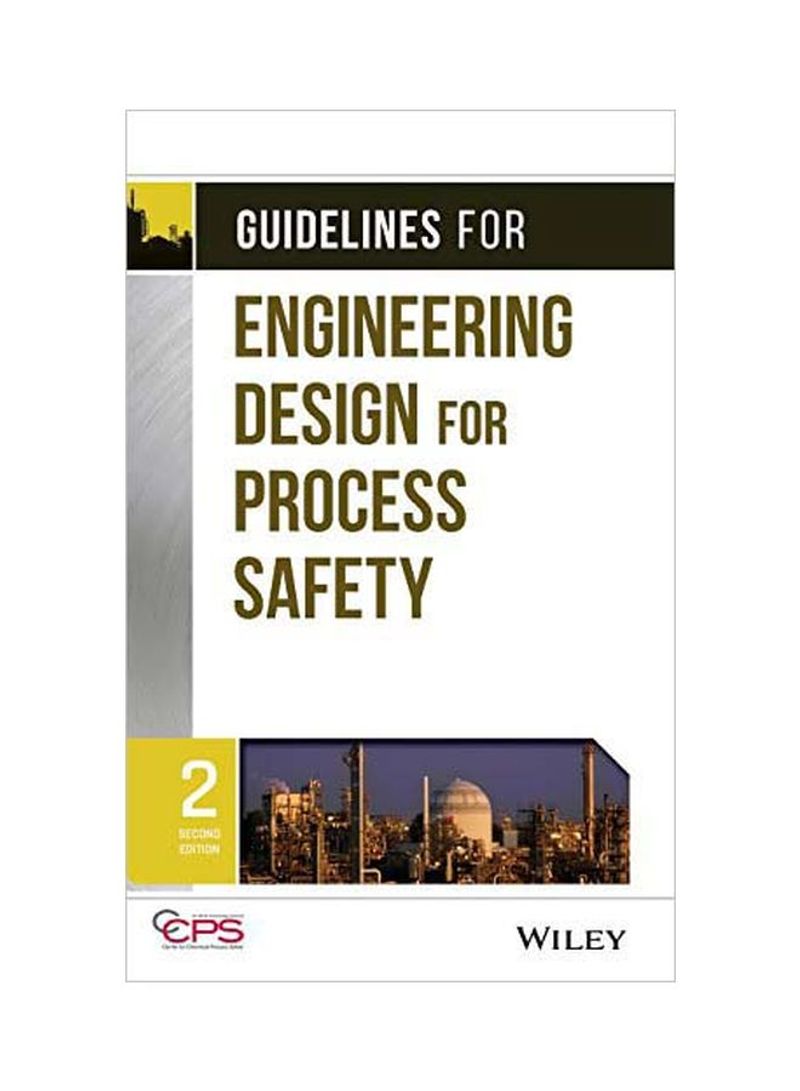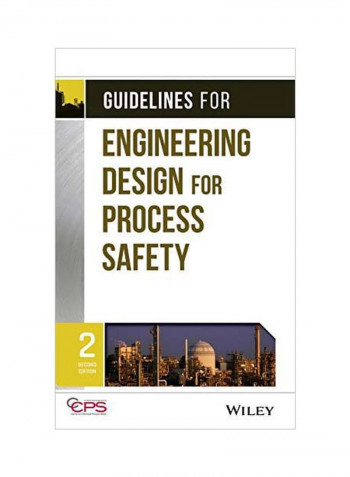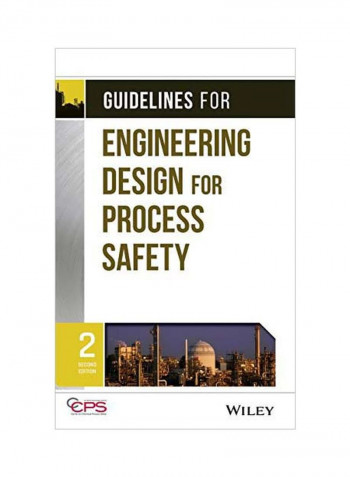Guidelines For Engineering Design For Process Safety Hardcover 2
Recommend
Sort by
Rating
Date
Specifications
Author 1
Center for Chemical Process Safety (CCPS
Book Description
This updated version of one of the most popular and widely used CCPS books provides plant design engineers, facility operators, and safety professionals with key information on selected topics of interest. The book focuses on process safety issues in the design of chemical, petrochemical, and hydrocarbon processing facilities. It discusses how to select designs that can prevent or mitigate the release of flammable or toxic materials, which could lead to a fire, explosion, or environmental damage. Key areas to be enhanced in the new edition include inherently safer design, specifically concepts for design of inherently safer unit operations and Safety Instrumented Systems and Layer of Protection Analysis. This book also provides an extensive bibliography to related publications and topic-specific information, as well as key information on failure modes and potential design solutions.
ISBN-10
0470767723
ISBN-13
9780470767726
Language
English
Publisher
John Wiley and Sons Ltd
Publication Date
27 April 2012
Number of Pages
440
About the Author
Since 1985, the Center for Chemical Process Safety (CCPS) has been the world leader in developing and disseminating information on process safety management and technology. CCPS, an industry technology alliance of the American Institute of Chemical Engineers (AIChE), has published over 80 books in its process safety guidelines and process safety concepts series, and over 100 training modules through its Safety in Chemical Engineering Education (SACHE) series.
Edition Number
2
Editorial Review
I highly recommend it to process design engineers, project engineers, facility operators, and process safety/loss prevention specialists who will find it very useful." (Process Safety Progress, 1 November 2012) While detailed engineering designs are outside the scope of the book, the authors provide extensive references to assist designers who wish to go beyond safety philosophy to the specifics of a particular safety system design. (Chemical Engineering Progress, 1 August 2012)



